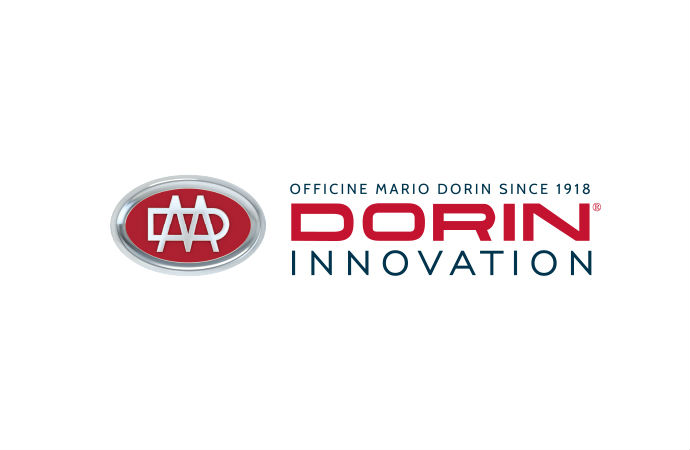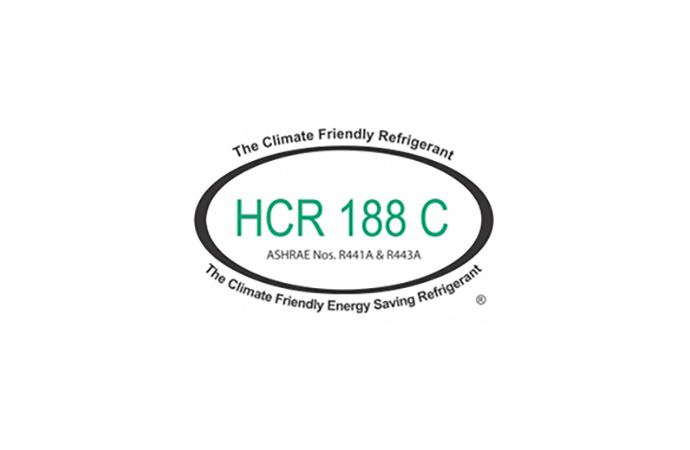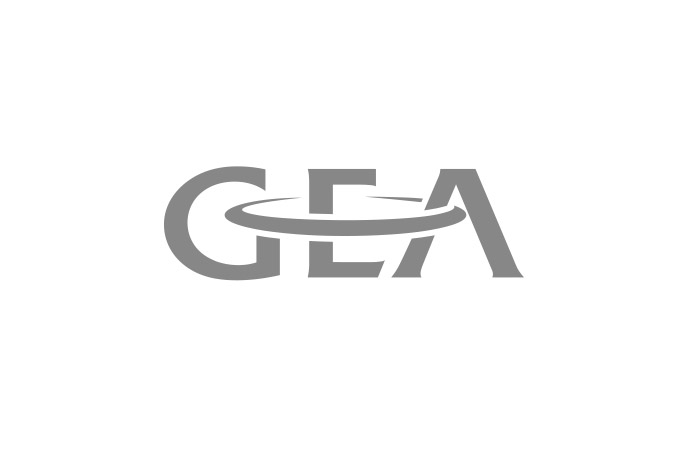As a result of the US trade embargo and the reduced imports of basic goods Cuba began investing in hydrocarbon refrigeration in the early 1990s. Cuban Researchers developed the hydrocarbon mixture LB-12, and over 600,000 domestic refrigerators and 10,000 small commercial systems have since been converted to the blend. Today, Cuba plans for further hydrocarbon investment.

After the collapse of support from the former USSR, Cuba experienced severe economic problems due to the trade embargo from the U.S. The import of basic goods and materials was greatly reduced, affecting the availability of refrigerants. This led researchers to search for an acceptable, low cost, readily available alternative refrigerant. The LB-12 blend was developed, based on LPG produced at the Refinery “Hermanos Diaz” in Santiago Cuba.
LB-12 development in Cuba
LB-12 is a refrigerant gas comprising the hydrocarbons propane, isobutane and n-butane and can be used to substitute CFCs, particularly CFC-12 (CCl2F2). Its development began in 1992 at the Unversidade de Oriente in Santiago de Cuba, and in 1996 the first LB-12 production plant was built. Subsequently all service technicians working at the state owned refrigerator workshops received training in how to safely handle the hydrocarbon refrigerant, resulting in its safe use in domestic refrigerators and small commercial systems with no reported incidents.
Since its development Canadian firm, Refrigerant Services Inc. (RSI), has developed and patented a separation technology capable of producing high-purity LB-12. RSI’s patented fractional distillation, multipass batch process is capable of separating the LB-12 mixture to purity levels exceeding 99.5 per cent.
Cuban HCFC Phase out Management Plan (HPMP) plans for further conversion to hydrocarbons
The Cuban HPMP, which will be reviewed at the Multilateral Fund Executive Committee Meeting in Bali, Indonesia, on 13-17 November, includes plans to phase out HCFC 22 used in industrial RAC equipment, splits and condensers made by Frioclima. Hydrocarbons are being considered as a suitable alternative.
Building on Cuba’s experience with hydrocarbons, the HPMP also aims to incentivise the conversion of RAC equipment to HCFC-free alternatives by implementing pilot projects to test hydrocarbon alternatives in different applications, which will be followed by scale-up replication.
It also plans for the conversion of all foam manufacturing enterprises using HCFC-141b to pre-blended hydrocarbon (HC) technology.
Cubans provide hydrocarbon training
In July 2011 Cuba organised the "Intenrational Training Workshop on Alternative Technologies to HCFCs: Experience in use of Hydrocarbon Refrigerants”, organised by the Cuban Ozone Technical Office. The workshop, which was held in Havana, brigning together technicians from several Latin American and Caribbean countries.
Background
Cuba ratified both the Vienna Convention for the Protection of the Ozone Layer and the Montreal Protocol on Substances that Deplete the Ozone Layer in July 1992. Subsequently in October 1998, it ratified both the 1990 London Amendment, and the 1992 Copenhagen Amendment, to the Montreal
Protocol. The Montreal and Beijing Amendment were signed in July 2005.
MORE INFORMATION
Related stories

















